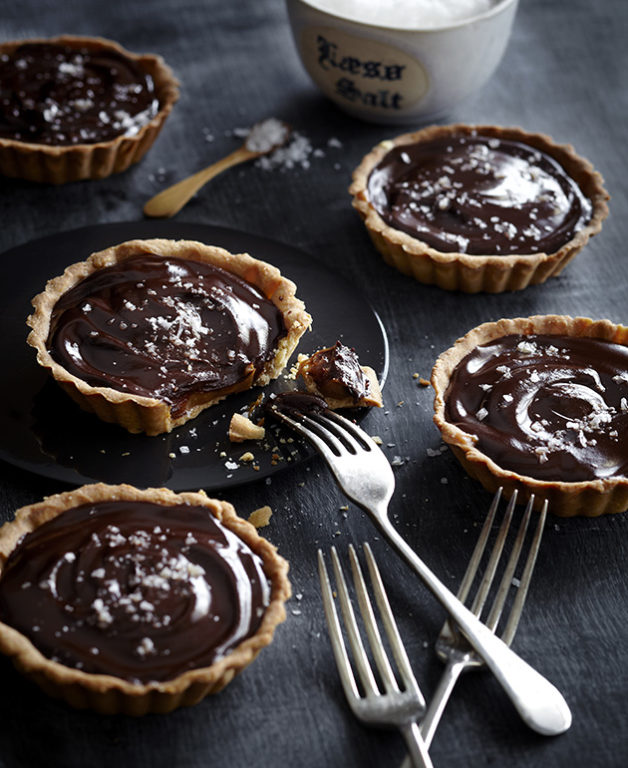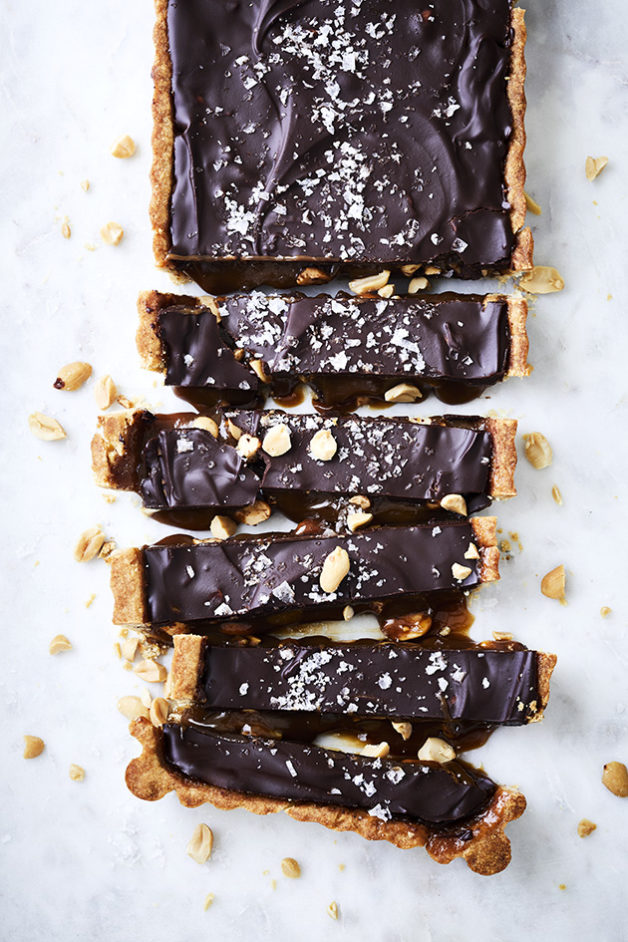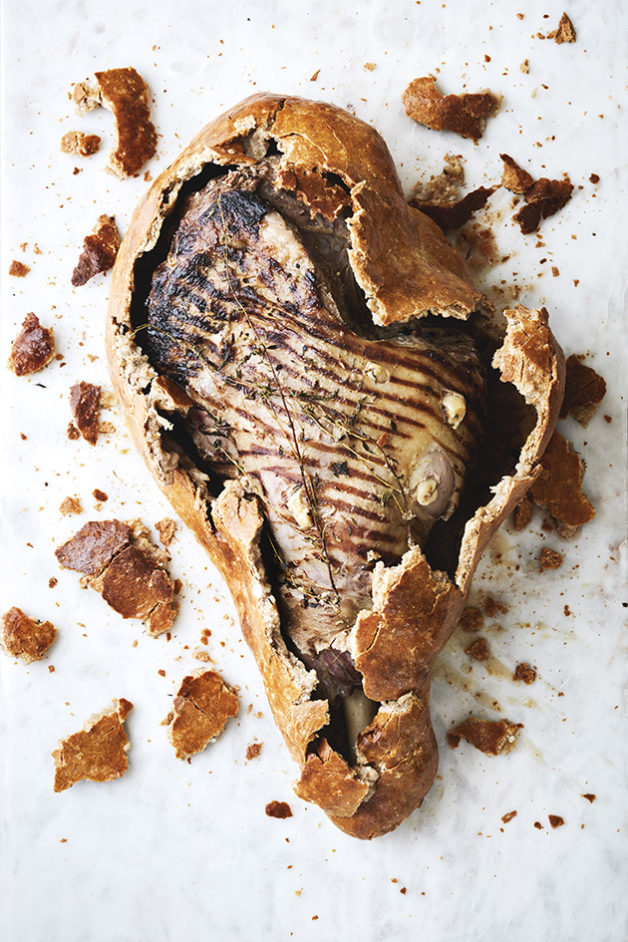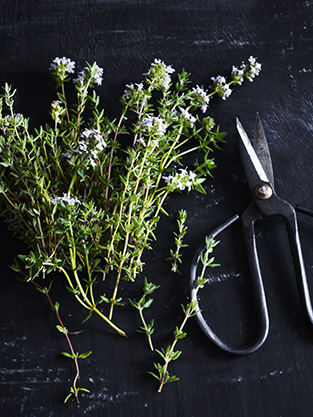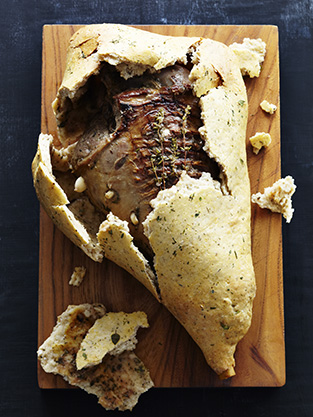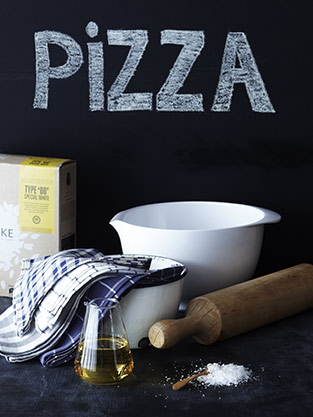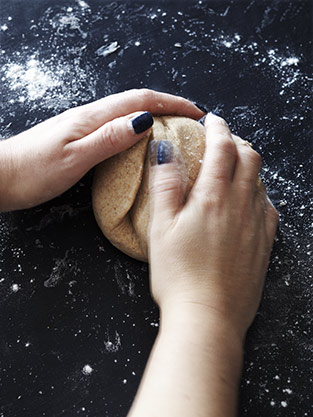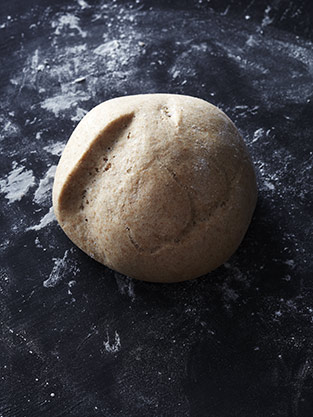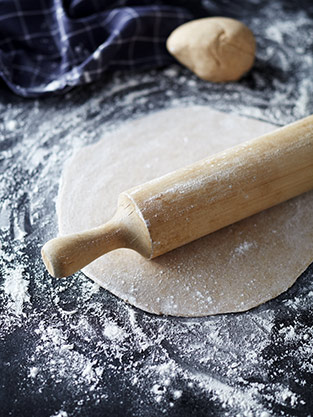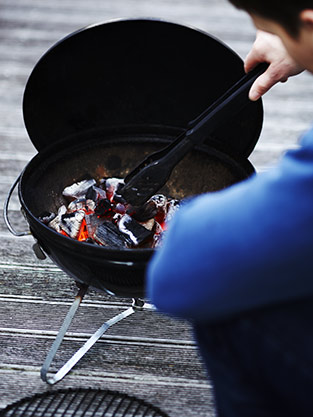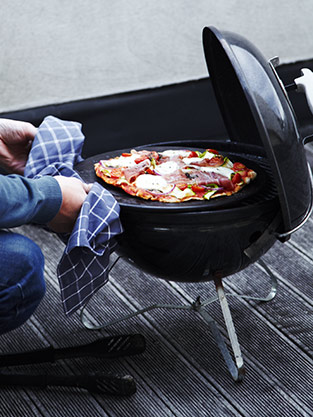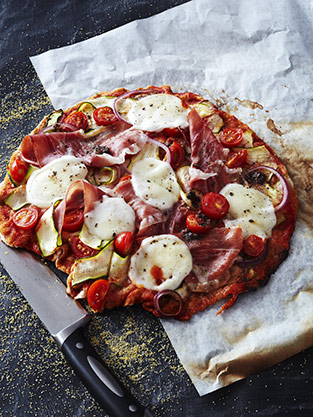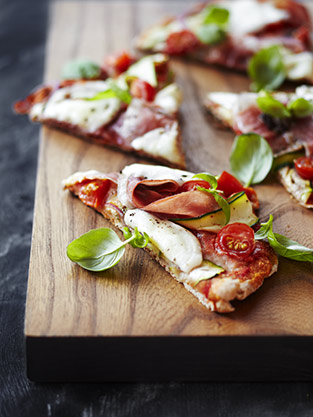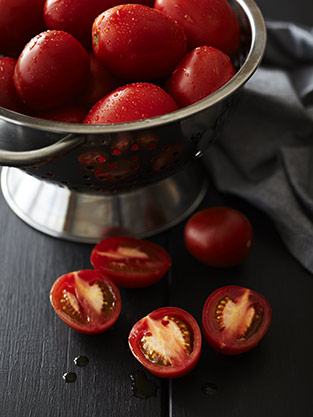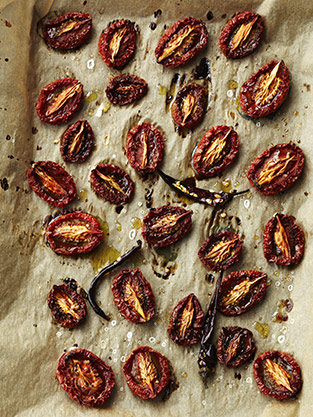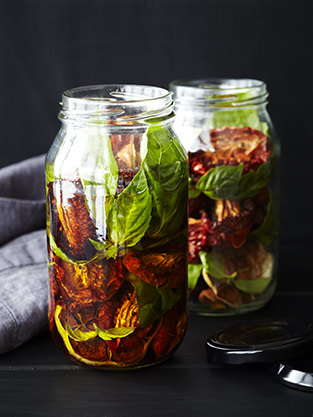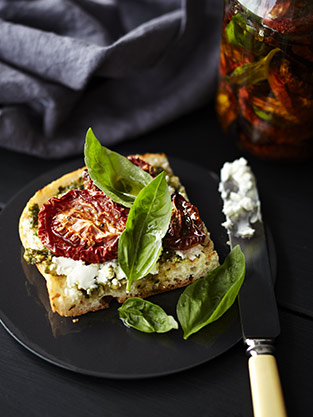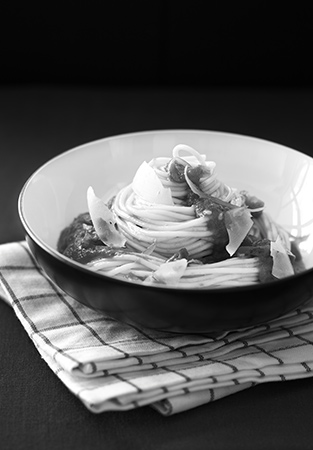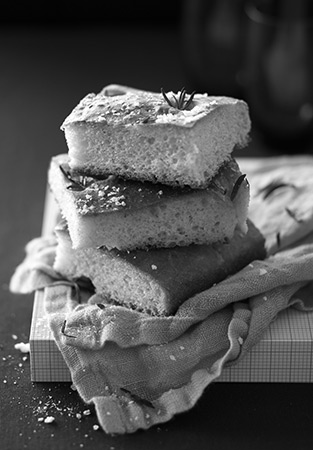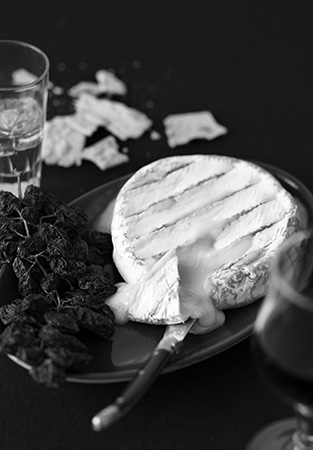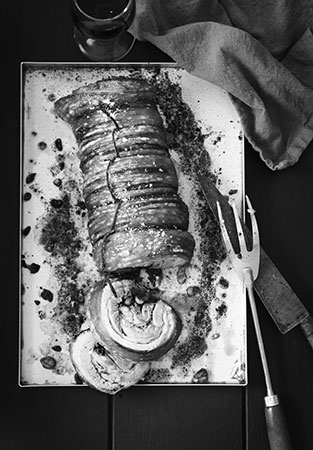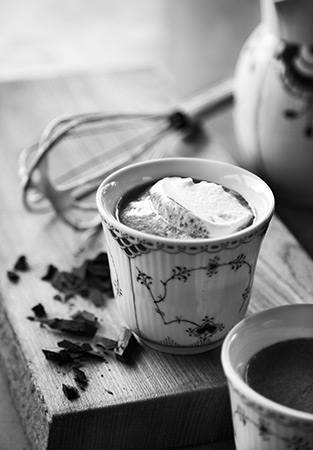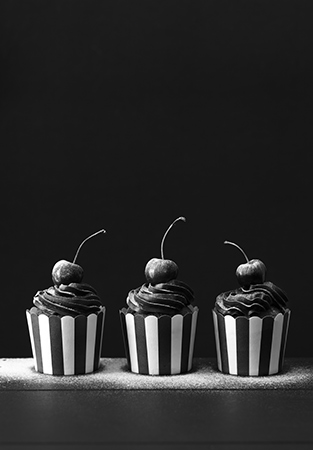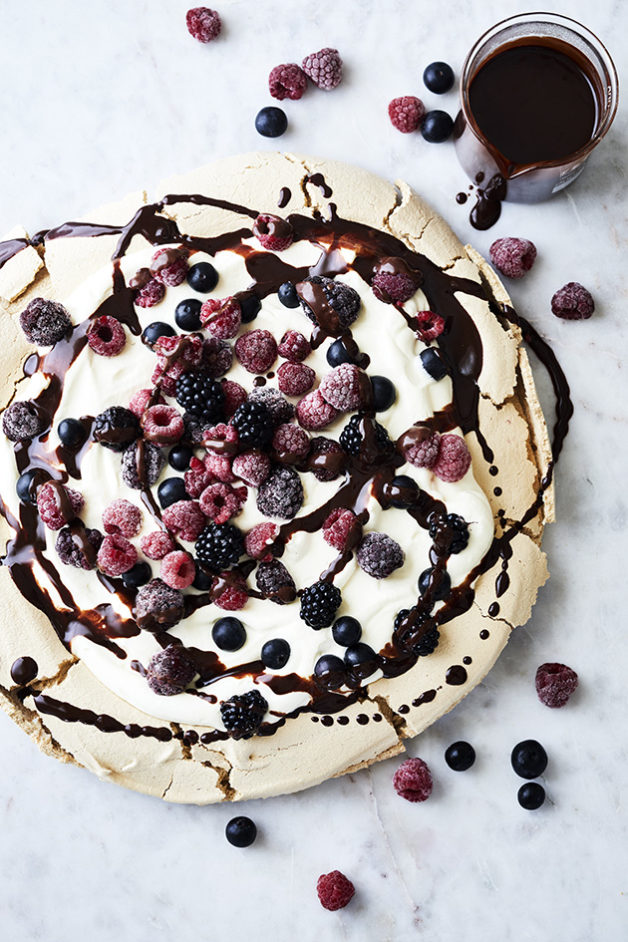
GOLDEN PAVOVA WITH SUMMER BERRIES AND SALTED CHOCOLATE SAUCE
Server 6-8
A Pavlova recipe with a golden twist and a salty chocolate sauce that breaks with the sweet pav and the tart summerberries.
Pavlova:
6 egg whites, at room temperature
380g brown sugar
4 tsp. cornflour
2 tsp. cider vinegar
1 tsp. vanilla extract
Salted Chocolate Sauce:
100g dark chocolate of good quality
150 ml single cream
1 tbsp. syrup
2 tsp. sea salt flakes
Garnish:
200 ml single cream, whipped to peaks
100g Blueberries (fresh or frozen)
100g Blackberry (fresh or frozen)
100g Raspberries (fresh or frozen)
Golden Pavlova:
Preheat the oven to 140 ° C. Place baking paper on a baking tray. Whip egg whites until they stiff and then gradually add brown sugar until the meringue forms soft peaks and is shiny. Be patient, it may take up to 10 minutes. Then add corn flour, vinegar and vanilla and whip on low setting until the meringue is even. Arange the meringue on baking paper on a baking tray and shape it in a large circle, about 5-6 cm high using a rubber spatula. Smooth the edges with the spatula and then bake approx. 1 hour until it is firm and light golden. Turn off the oven and leave to cool completely before serving. The Pavlova can be made a few days in advance and stored in an airtight container.
Salted Chocolate Sauce:
Heat water in a large sauce pan on the stove and place a heatproof bowl that fits into the pan so that the water touches the bottom of the bowl. Then slowly melt the chocolate into the water bath while stirring occasionally with a silicone / rubber spatula. When the chocolate is melted add the syrup and mix thoroughly. Then add whipped cream into small portions and stir continuosly until the sauce is smooth. Finally, taste with sea salt.
Gather the pavlova by distributing whipped cream over it in a smooth layer and decorate with berries and salted chocolate sauce. If you are using frozen berries, leave the pavlova for 10-15 minutes before serving so they can thaw a bit. Serve with extra chocolate sauce.
This recipe is part of my salt story published in Matmagasinet Nord #23 2017, focusing on using salt as a main ingredient for cooking or flavouring. Try these recipes from this series too:
Blackberry Grav Lax
Salt & Vinegar Potato Skins
Bork Belly in Brine with Cripsy Crackling
Salt Dough Baked Leg of Lamb
The Perfectly Salty Margaria
Oozy Salted Chocolate Caramel Tart
Salted Caramel Ice Cream
© Manja Wachsmuth 2017. This recipe is a modification of a Delaney Mes‘ recipe for NZ House & Garden Magazine published earlier this year.

